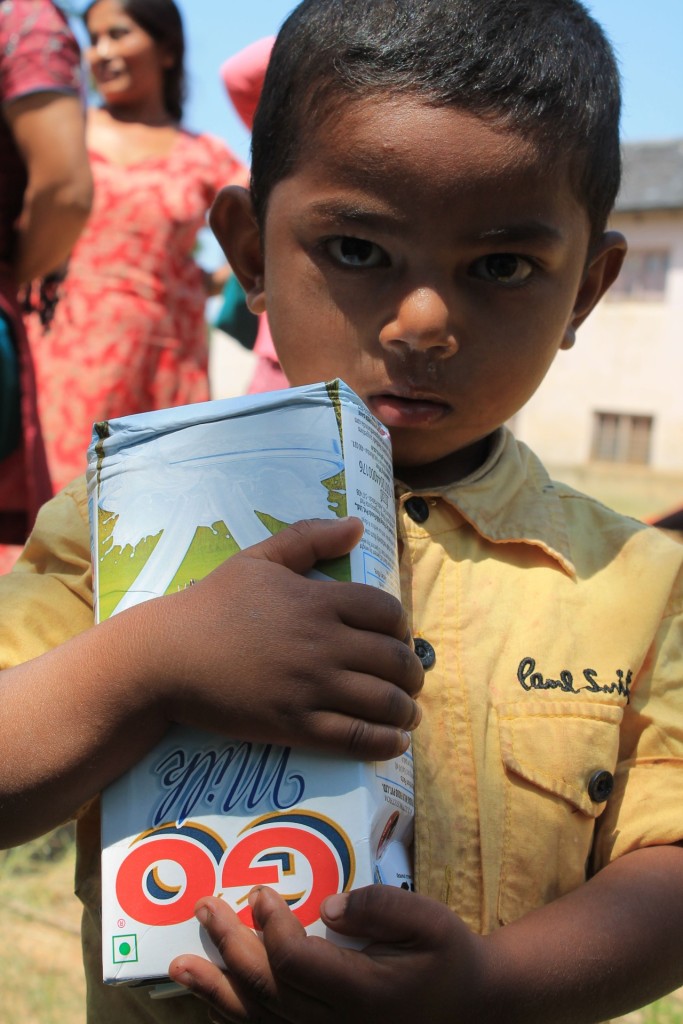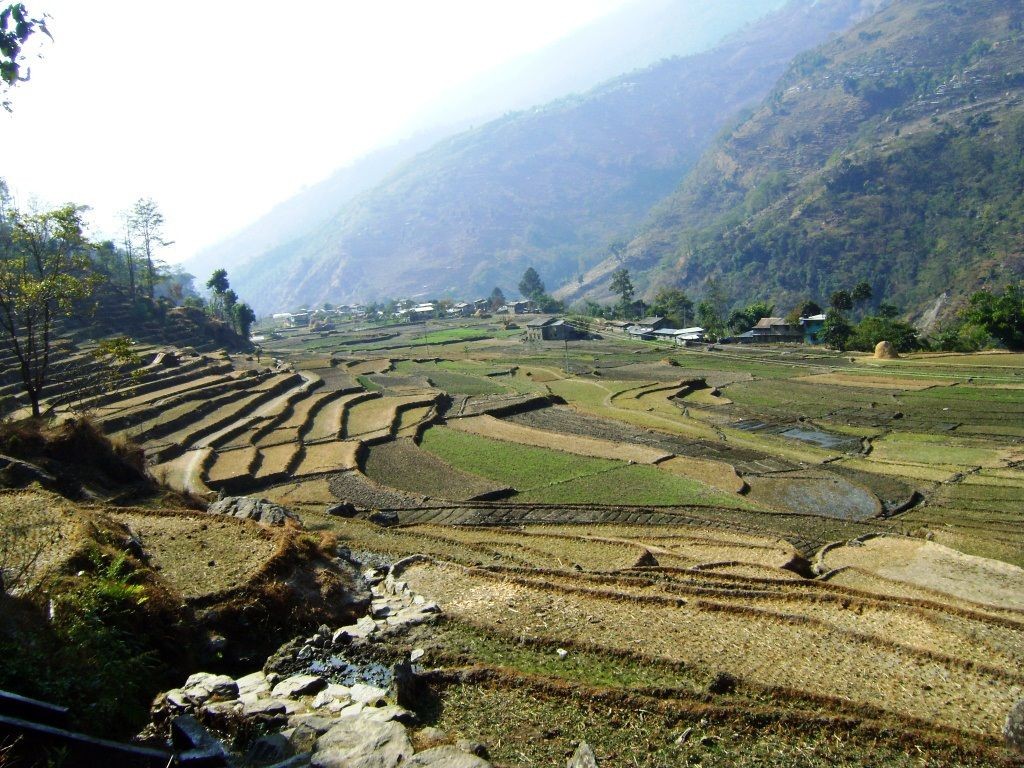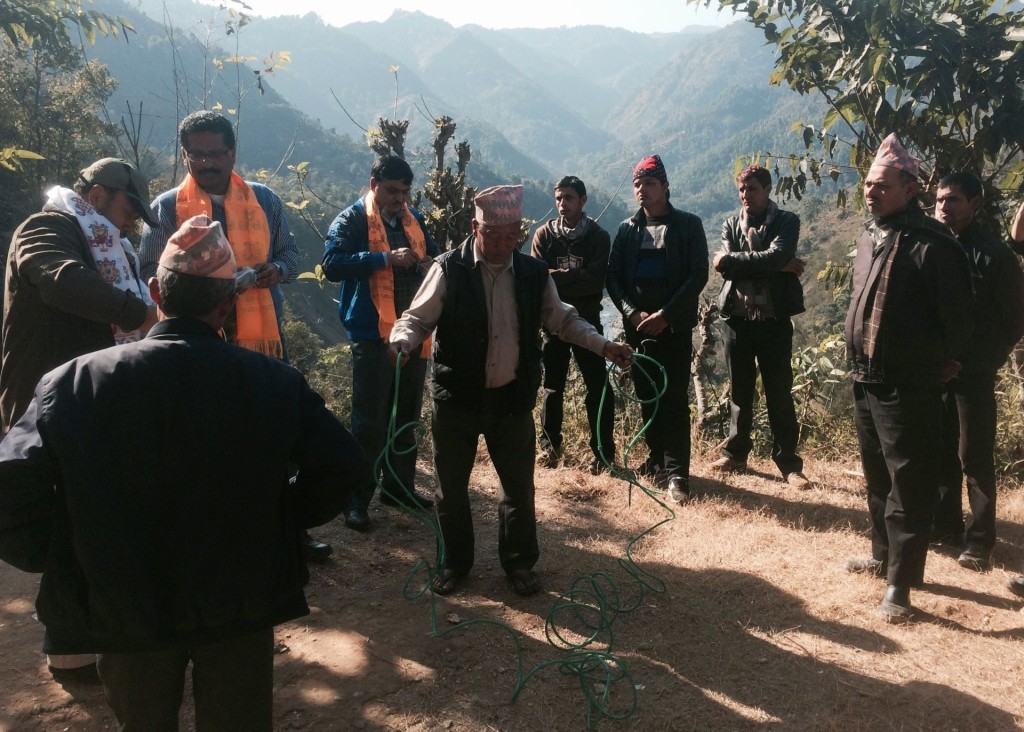Sustainable farming researchers aid Nepal earthquake victims
by Kristen Browning-Blas | May 8, 2015 12:52 PM
Endnotes:
- [Image]: http://source.colostate.edu/wp-content/uploads/2015/05/Nepal1.original.jpg
- website: http://lakhankar.com/nepal/index.html
- Small Earth Nepal: http://www.smallearth.org.np/
- online fundraising campaign: http://life.indiegogo.com/fundraisers/nepal-earthquake-relief-fund-for-dhading
- Feed the Future Innovation Lab for Collaborative Research on Adapting Livestock Systems to Climate Change: http://lcccrsp.org/
- [Image]: http://source.colostate.edu/wp-content/uploads/2015/05/Nepal9.original.jpg
- Ajay Jha: http://www.cwi.colostate.edu/CSUWaterFaculty/?WF_ID=169
- [Image]: http://source.colostate.edu/wp-content/uploads/2015/05/Nepal10.original.jpg
- Read more about CSU’s support for Nepal.: http://source.colostate.edu/csu-support-for-nepal/
- here: http://www.usaid.gov/nepal-earthquake
- Indiegogo campaign: https://life.indiegogo.com/fundraisers/nepal-earthquake-relief-fund-for-dhading
- UNICEF: http://unicefusa.org/donate/nepal-earthquake-help-children-now/24226
- The American Red Cross: http://redcross.org/news/article/Slideshow-Nepal-Earthquake
- Direct Relief: http://directrelief.org/2015/04/emergency-update-nepal-earthquake-response/
Source URL: https://source.colostate.edu/sustainable-farming-researchers-rally-to-aid-nepal-earthquake-victims/
Copyright ©2024 SOURCE unless otherwise noted.
 [1]
[1] [6]
[6] [8]
[8]